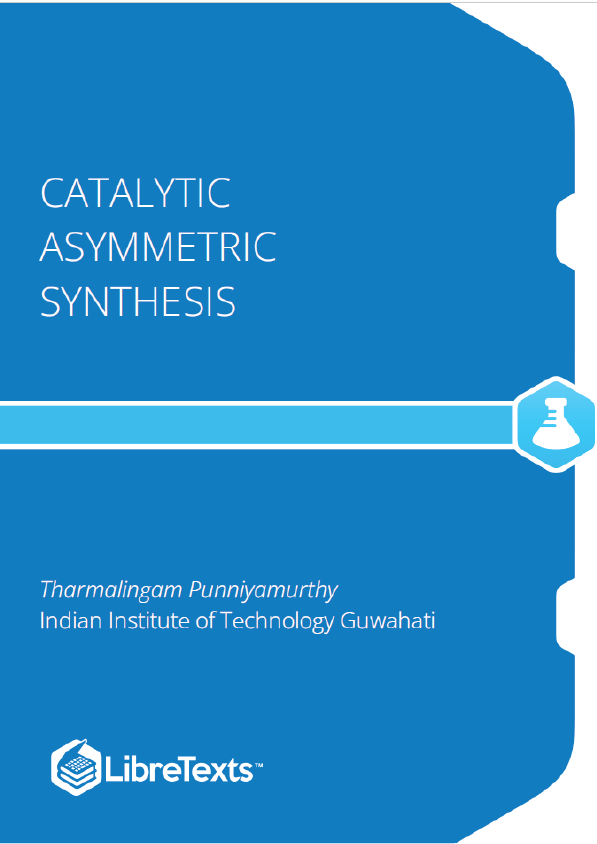1.1: Brønsted Acid-Assisted Lewis Acid (BLA)
This module presents the recent developments in chiral Lewis acid and Brønsted acid catalysis, especially the systems having the combination of Lewis acids and Brønsted acids. This combined catalytic system has been useful in asymmetric synthesis over the past 20 years. Chiral Brønsted acid-assisted Lewis acids (BLAs) are efficient and versatile chiral Lewis acids for a wide range of catalytic asymmetric cycloaddition reactions. Some of the representative examples follow:
1.1.1: Diels Alder Reaction
Brønsted acid-assisted chiral oxazaborolidine-based Lewis acids have been found to be versatile chiral Lewis acids for asymmetric Diels-Alder reactions. These chiral BLAs can be readily prepared by protonation of the chiral proline-derived oxaborolidines using protic acids such as trifluoromethanesulfonic acid (TfOH) and bis ( trifluoromethane) sulfonamide (Tf NH) (Scheme ). Scheme
BLAs 1a-b activate various electrophiles, including α,β -unsaturated ketones, esters, carboxylic acids, lactone, enals and quinones towards Diels-Alder reaction with various dienes (Scheme ). The stereochemical outcome can be predicted using the transition state assemblies shown in Scheme . The face selectivity of α -substituted α,β -unsaturated enals is found to be opposite to α,β -unsaturated ketones, esters, and acrylic acids.
The chiral BLAs having counteranion triflimide (Tf N ) provides remarkable catalytic stability compared to that bearing trilfate (CF SO ). In addition, BLAs with triflimide are found to be versatile catalysts for wide range of Diels-Alder reactions. For examples, the reactions of the challenging unsymmetrical benzoquinones with 2-triisopropyloxy-1,3-butadiene has been shown with excellent enantio- and regioselectivities (Scheme ). The observed results suggest that the BLA coordination to the oxygen of unsymmetrical quinones takes place as shown in Scheme . The coordination predominately takes place with the more basic oxygen of the quinones.
Michel Addition Michel addition of silyl ketene acetals to cyclic and acyclic α,β -unsaturated ketones has been studied. In these reactions, the addition of catalytic amount of Ph PO increases the enantioselectivity because it could trap Me Si species that could form during the reaction. For example, BLA 1b has been used for the Michel addition of cyclo hexenone with silyl ketene acetal to afford key intermediate for the enantioselective synthesis of caryophyllene (Scheme ). The absolute stereochemical course of the reaction can be rationalized by the above proposed transition states.
Several benzoquinones proceed reactions with 2,3-dihydrofuran in the presence of BLA 1b to afford a variety of chiral phenolic tricycles with high enantioselectivities. The application of this reaction has been demonstrated in the total synthesis of aflatoxin B2. The reaction pathway has been elucidated by performing the reaction in the presence of excess of 2,3-dihydrofuran.











